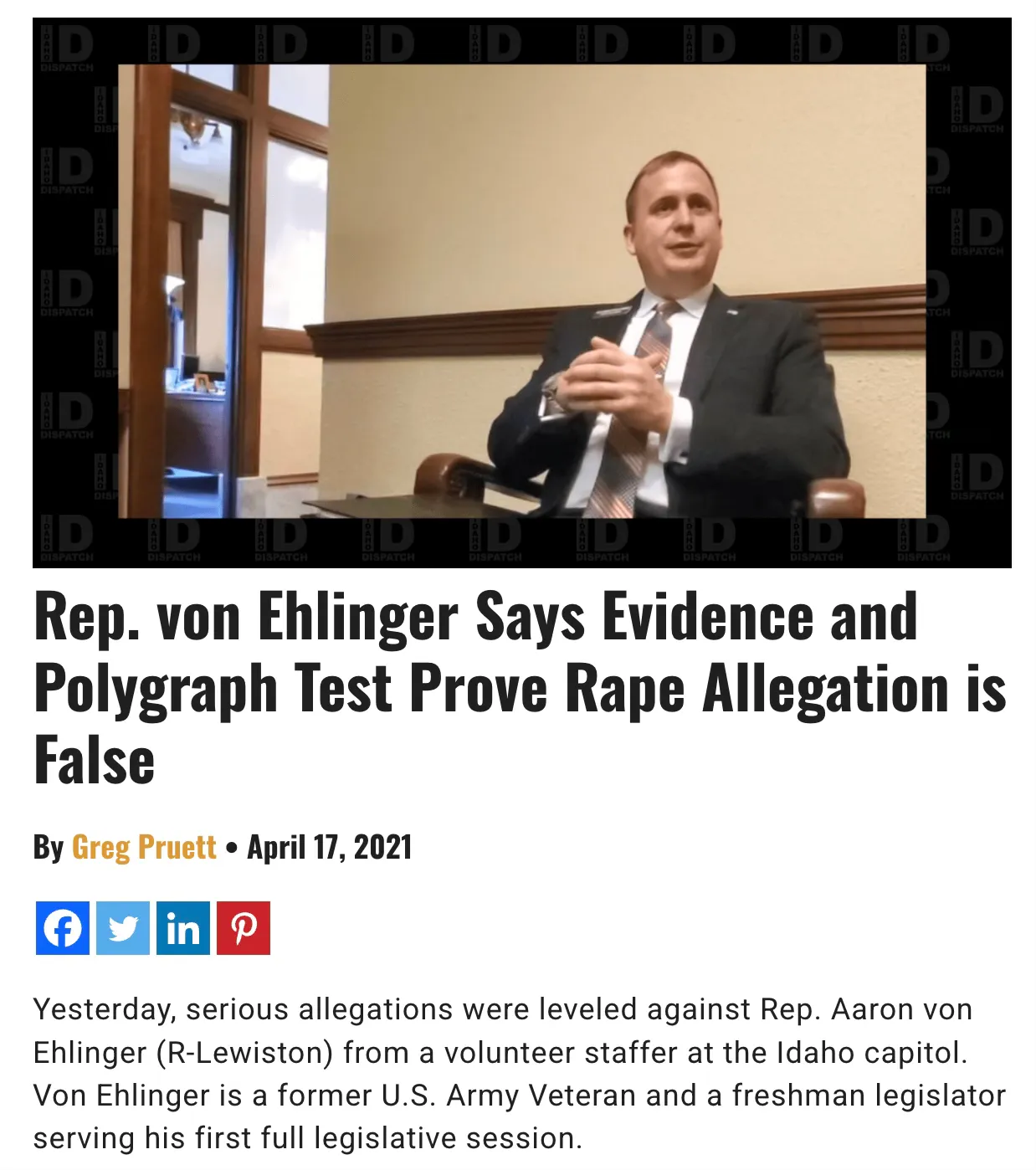Political Clarity in a Polarized Era: Idaho Dispatch’s Nonpartisan Lens
Political Clarity in a Polarized Era: Idaho Dispatch’s Nonpartisan Lens
Blog Article
Local media has been an essential source of information, shaping communities and driving meaningful change. However, in recent times, there has been a rising distrust in local media. Many reasons, ranging from perceived bias to a lack of coverage of crucial issues have made many residents doubtful about the credibility of the news they read. But some initiatives are working to restore trust in the Idaho Dispatch, and proving that local journalism plays a vital role to play in today's information ecosystem.

There is a decrease in trust in the media generally with just 26 percent of Americans believing that newspapers to provide accurate information According to the Gallup Poll. This is especially evident in rural areas, in which people are often disengaged from the narratives of traditional media. With the renewed emphasis on transparency, accountability and community-driven reporting, a few local journalism organizations are revising the script.
Local journalism initiatives that thrive usually have a distinctive approach. Investigative pieces, exhaustive fact-checking, as well as a dedication to exposing stories people are interested in have proven effective in restoring credibility. For example, hyper-local coverage on municipal government, infrastructure projects, or community stories can help build connections and demonstrate relevance. Reports suggest that communities with strong local journalism are more engaged in civic life and improved public decision-making when informed citizens demand change.
Another powerful factor in rebuilding trust is the involvement of the community. Inviting residents to be at the table in shaping the content that is reported gives them a sense of belonging and cooperation. Studies show that communities feel more valued and are accurately represented where newsrooms are directly engaging with readers. This often means listening to the feedback of readers, conducting surveys with community members and figuring out the intersection of audience demands and journalistic rigor.
In addition, the adoption of digital-first strategies is a game changer for local journalism. Utilizing social media as well as analytical tools allows news organizations to focus on trends while making their reporting extremely engaging. Visual storytelling, quick updates and popular blog posts are more popular with people, particularly those who gravitate toward digital formats. Lean, interactive reporting does more than increase the audience reach, but also gives communities immediate updates, thereby increasing their value.

The trust in local journalism can be restored through the combination of authenticity, engagement with the community, transparency, and leveraging modern technology. Although it isn't easy is essential. Local journalism doesn't just keep communities informed but also draws them closer together, fostering dialog, hope, and change. Although there are difficulties, recent examples of renewed local reporting illustrate a promising future for journalism that is built on the trust of readers and their importance. It's proof that local journalism, when executed correctly, can continue to serve as the primary source of energy for any community. Report this page